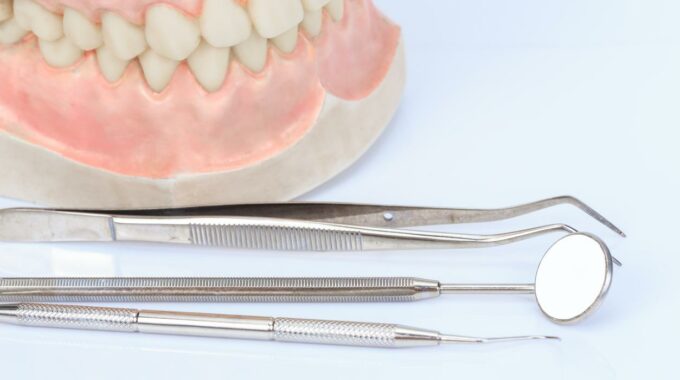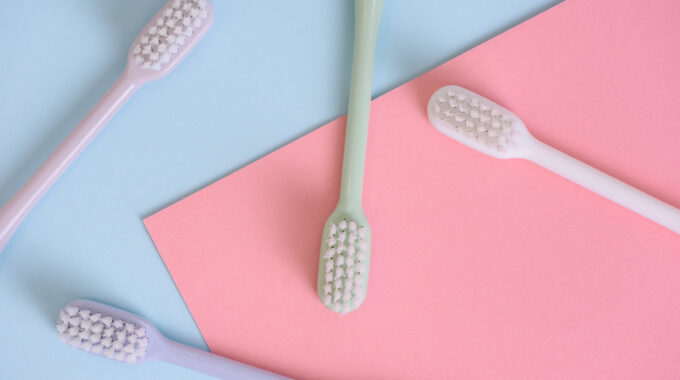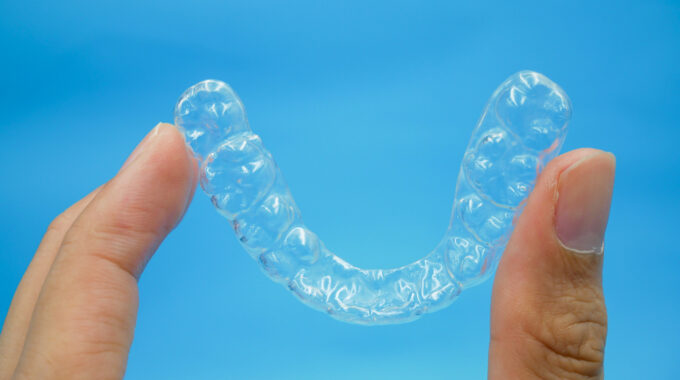Are you or someone you know considering dentures? Dentures can be a great way to…

Your Guide to Flossing the Right Way
The American Dental Association (ADA) recommends that we floss our teeth at least once a day. Why is that? The tiny spaces between our teeth trap bacteria and plaque where our toothbrushes will not reach. These small crevices, if left alone, will become the breeding ground for the bacteria that cause bad breath, cavities, and gum disease. As important as flossing is, we notice that many clients need help re-learning how to do it. If done properly, it’s a fast and easy process.
What Floss Should I Choose?
The short answer to the question of which floss is best is this; choose the one that works for you! If it gets you to floss, then it’s the right product! However, unwaxed floss is generally considered to be the most effective type because each filament can do its job. For those of us with tiny gaps between our teeth, waxed floss is sometimes the only solution!
How to Floss the Right Way?
- Break off approximately 20 inches of floss. Wrap each end of the floss around the middle fingers of both hands.
- Using your thumb and index fingers on both hands, pinch and hold both ends of the floss.
- Guide the floss between the gaps of each tooth and gently rub it up and down. Do not snap the floss through your teeth—it’s not the string of a guitar!
- Bring the floss gently up into the gum line and wrap it around that side of your tooth. Gently rub up and under the gum line.
- As you floss each tooth, ensure you use a clean length of your floss so as not to cross-contaminate!
- Remember to floss the backs of your last molar on both sides of your mouth. There should be space between the molars and the gum.

Do Water Dental Flossers Work?
Water flossers can sometimes feel like a cheat code when it comes to flossing. It’s a much easier process—you simply turn the device on and let the jet of water do the work of flossing for you. You might be wondering if dentists recommend this device for flossing.
The answer to this question can be complicated. In general, any attempt at flossing is better than no flossing. Dentists may also recommend dental flossers as a great supplement to regular brushing and flossing. However, in most cases, they wouldn’t tell you that a water flosser is a valid replacement for conventional floss.
Water flossers can be great in certain situations, though, like for individuals with braces or mobility issues where traditional flossing could be challenging.
Are you interested in a dental exam? Reach out to us today. We can show you the proper flossing technique in person!



